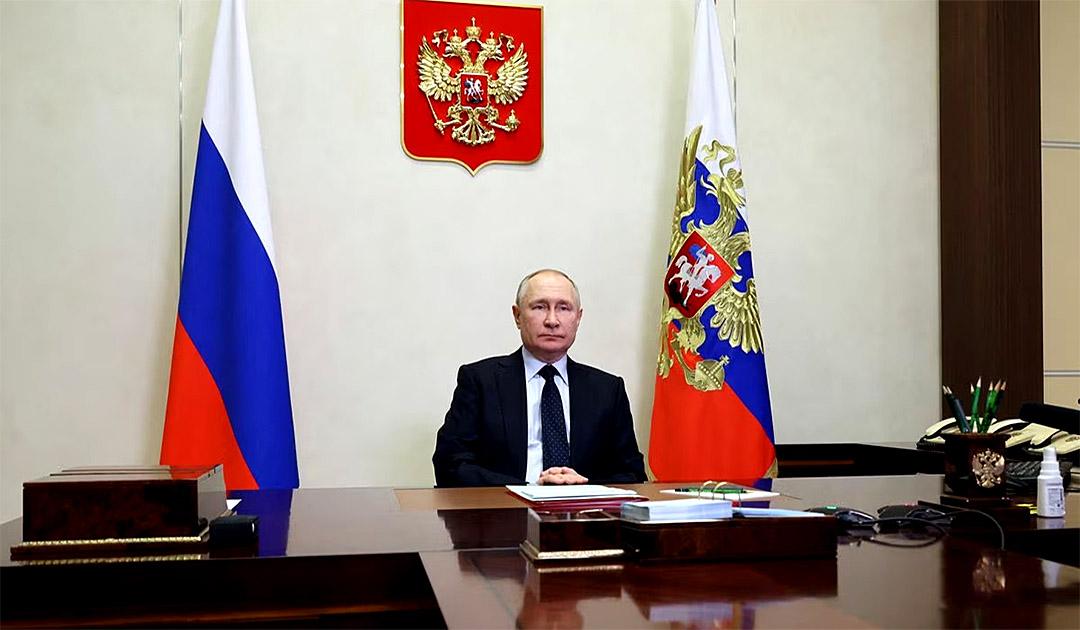
On Friday, January 27, 2023, Russian President Vladimir Putin convened the Russian Security Council to discuss claims to expand the boundaries of its continental shelf in the Arctic Ocean. The Kremlin did not provide details of the Security Council meeting. It is known only that Defense Minister Sergei Shoigu and the head of the Foreign Intelligence Service Sergei Naryshkin were present.

The discussion about shifting the northern boundary in the Arctic Ocean has been going on for many years. On December 20, 2001, Russia officially requested the Commission on the Limits of the Continental Shelf to establish new external boundaries for the Russian continental shelf beyond the 200 nautical mile zone. One of the reasons given for the request was that both the Lomonossov and Mendeleev ridges were submarine continuations of the Eurasian landmass. The area newly claimed by Russia as a result covers an area of about 1.2 million square kilometers and includes a large part of the Arctic, including the North Pole.
In August 2015, Russia submitted an updated application to the CLCS based on interim research, and in March 2021, Russia again submitted two amendments to the updated application.
To that end, the Kremlin called on the UN to reconsider the Arctic Ocean continental shelf. Important deposits of natural gas and oil are suspected in the new areas.
But both Canada and Denmark, representing Greenland, make similar claims. The Canadian government had submitted its addendum to its original submission to the relevant UN Commission on the Limits of the Continental Shelf on December 19, 2022. In it, Canada claims basically the entire Arctic shelf up to Russia’s 200 nautical mile zone. Thus, the claims of the two largest Arctic states by area overlap. In addition, Norway, now the most important gas supplier to the European Union, has announced its intention to expand its gas and oil exploitation on the continental shelf of its territory and towards the Barents Sea.

The continental shelf is considered under international law to be an area of mostly shallow water adjacent to a country’s coastline and considered an extension of its territory. This enables the exploitation of the ocean’s natural resources, including the aforementioned oil and gas deposits.
“We, colleagues, have many important issues to discuss, both on the domestic agenda and on the issue of the borders of the Russian continental shelf in the Arctic Ocean,” Vladimir Putin said at the opening of the meeting of Security Council members.
Arctic Ocean border states have become increasingly concerned about Moscow’s ambitions since the Russian invasion of Ukraine began. During this time, Russia has expanded its military infrastructure in the Arctic and has also conducted military exercises and tested weapons systems on several occasions. In response, NATO countries, for their part, also conducted military exercises in the region.
Heiner Kubny, PolarJournal





